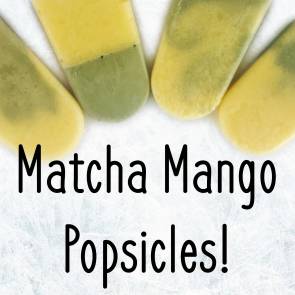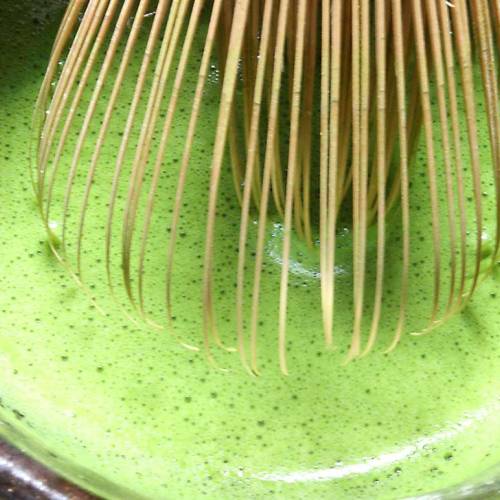
How is Matcha Produced?
Not any tea leaf can be ground, turn into powder and be called Matcha. It has to go through a specific process. The process starts with a selection of good green tea varieties. Most Matcha is made from Yabukita varietal, the most popular in Japan, although very good quality of Matcha also comes from samidori or okumidori varietals. The area where the tea is grown has a fundamental importance. Good green tea growing prefectures in Japan will produce the best Matcha such as Kyoto, Shizuoka and Uji, although nowadays China produces a very good quality Matcha as well.
The Process
The really dark leaves, full of chlorophyll and theanine, are then picked and steamed for about 15-20 seconds to stop the oxidization process, just like it’s done with the other green teas. Then the leaves are dried. At this point the tea is called Aracha. Aracha is a mid-point of making Matcha.
The leaves of Aracha are then being deveined. The central stem and all the veins are removed out of the leaf. The deveined leaves go through drying process again, and at this point the tea is called Tencha.
A tea master takes the Tencha from different plantations and taste them to get a flavor of the different qualities of the Tencha. The tea master will make a blend of Tencha to get the right flavor profile for the Matcha they would like to produce. Once the blending process is finished, the Tencha is ground into Matcha using round stone mills, until micro fined Matcha powder is produced. It needs to be micro fined under 10 microns and the process of the stone grinding needs to be at low temperature to make sure not to denature the nutrients and not to affect the color, the taste and the flavor of Matcha. The grinding process is very slow as it takes about an hour to make 30 g of Matcha.
Health Benefits
1. Rich in Antioxidants
(Oxygen Radical Absorbance Capacity is a value that indicates the antioxidant power of a food).
Comparison between Matcha Green Tea and other antioxidant-rich foods (on a per gram basis)

Source: Journal of Agricultural and Food Chemistry, Lipophilic and Hydrophilic Antioxidant Capacities of Common Foods in the United States
2. Rich in EGCG
The most important polyphenol in Matcha is Epigallocatechin gallate (EGCG), which is the subject of many medical studies (1, 2). Matcha contains a much higher concentration of EGCG per serving than a steeped green tea does.
1 cup of regular green tea: 20 to 35 mg EGCG
1 serving of matcha: 120 g EGCG
Health promoting benefits of EGCG:
• antioxidant – preventing oxidative damage in healthy cells
• antiangiogenic – preventing tumors from developing
• antibacterial, antiviral and anti-infective
• antifungal activity against human-pathogenic yeasts like Candida albicans
3. Increases energy, reduces stress and induces a calm, wakeful alertness
Matcha contains high levels of l-theanine, an amino acid that is associated with a relaxed and peaceful state of mind, along with enhanced mental clarity and focus. Research has shown that l-theanine induces alpha brain-wave activity, which is also observed during meditation. In fact, Matcha used to be immensely cherished by Zen Buddhist monks as it assisted them in meditation. The l-theanine content of Matcha is 5 times greater than that of steeped green tea, making it a great choice for an afternoon energy boost or as a natural stress reliever.
Preparation Methods
1. Traditional hot preparation
- Sift 1-2 tsp organic Ceremonial Matcha into a cup using a small sifter.
- Add 2 oz of hot (but not boiling) water.
- With a chasen (bamboo whisk), frother or a hand whisk, whisk it vigorously in a zig zag motion until frothy.
- Add more water to the cup and sweeten to your taste.
- Drink immediately
2. Matcha Latte
- Sift 1 - 2 tsp of organic Matcha into a cup. (Sifting helps to get rid of any potential lumps in the Matcha powder).
- Add hot (not boiling) water, up to a 1/4 cup and with a whisk, chasen or a frother, whisk briskly until all powder is dissolved and you get a smooth and foamy mix.
- Add milk to a small saucepan. Heat the milk over medium heat until very hot but not fully boiling. Take off the heat and slowly pour the milk over the Matcha mix. For a more foamy latte, you can froth the milk (cold or warm) with a frother if you have one.
- Finish it off with added honey or agave nectar for a nice silky sweetness, if you wish.
3. Matcha smoothie
Active Recovery Matcha Smoothie
Makes 2 servings
Ingredients:
• 2 ripe bananas, peeled and frozen
• 1 cup unsweetened almond milk, coconut milk or soymilk
• ½ cup orange juice or coconut water
• ½ avocado
• 2 teaspoons honey (to make it vegan, use 2 soft Medjool dates)
• 1 tablespoon of organic Matcha (plain or with added superfood powder, like acai berry matcha or blueberry matcha)
Instructions
4. Matcha Scones
Ingredients
scones- 2 cups all-purpose gluten-free flour or regular all-purpose flour
- 4 tablespoons organic sugar
- 1 tablespoon aluminum free baking powder
- 1 tablespoon Matcha
- 1/4 teaspoon salt
- 5 tablespoons coconut oil, melted
- 1 14 fl oz. can full-fat canned coconut milk at room temperature
- 1 tsp vanilla extract
- 1/2 cup organic powdered sugar
- 1 tablespoon non-dairy milk
- 1 vanilla bean
Instructions
- Preheat oven to 400 degrees.
- Stir the flour, sugar, baking powder, Matcha powder and salt in a large bowl or stand mixer.
- In a separate bowl combine the melted coconut oil, coconut milk, and vanilla extract.
- Add the liquid to the flour and stir until blended.
- Shape the dough into a disc and flatten it with your hands.
- Cut the dough into 8 wedges and place them onto the prepared baking tray.
- Put it into the oven and bake for 18-22 minutes, until tops begin to crack and turn a little golden. Take out from the oven and let cool.
- While the scones are cooling, prepare the glaze.
- Cut open the vanilla bean length-wise and scrape the vanilla paste into a bowl.
- Add the powder sugar and milk.
- Whisk to combine.
- Using a back of a spoon, spread the glaze over cooled scones and enjoy!


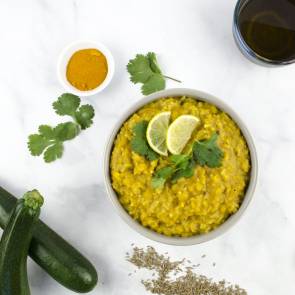
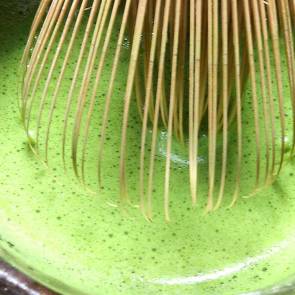
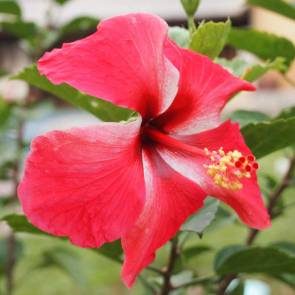
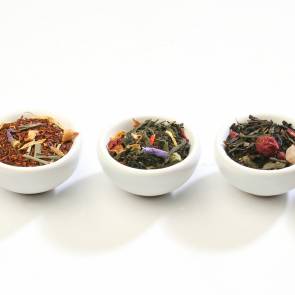
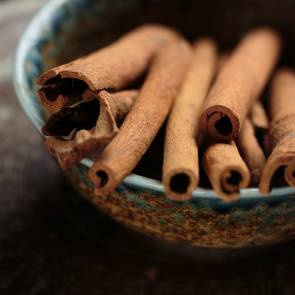
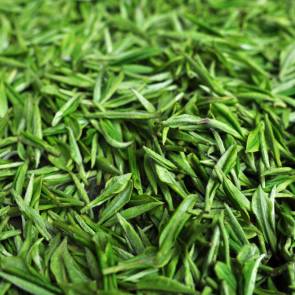
__medium.jpg)
